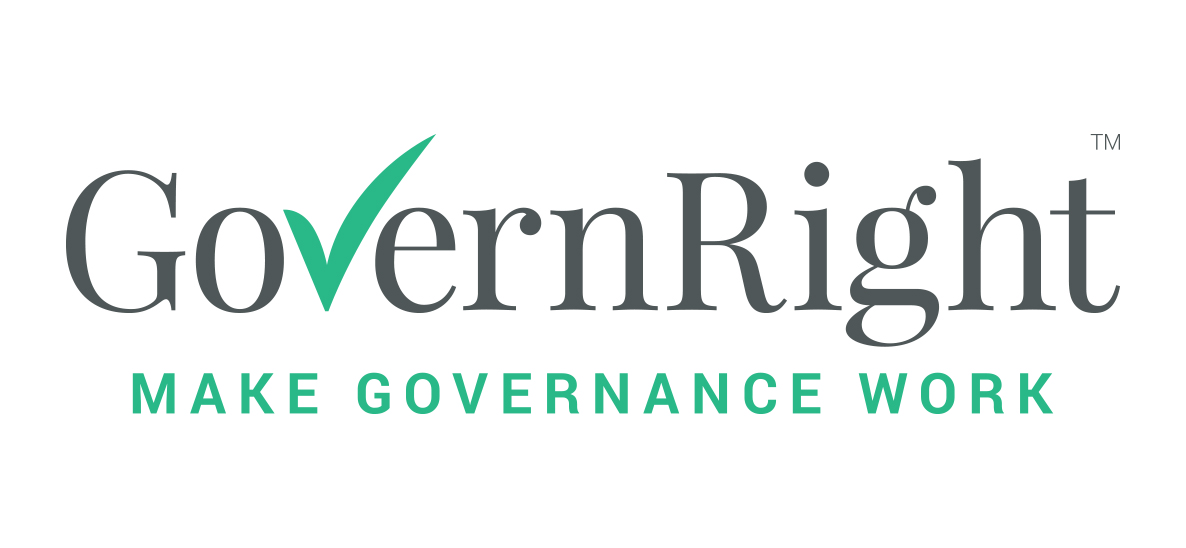A critical function of a board is to make certain that an appropriate strategy is put in place. The way in which a board fulfils this role can depend on a range of factors including the:
experience of management;
stage a company is at in its organisational lifecycle; and
degree and nature of environmental change facing an organisation.
It is vital that an organisation’s future vision is well understood and embraced by key stakeholders. The board’s role in organisational strategy extends to making sure that an effective program to communicate the entity’s vision is implemented.
The Board – Enabler or Driver for Member-Based Organisations?
The role of the member-based organisation board is often seen as an operational responsibility – supporting members’ own businesses. Too many members don’t understand the board’s full role and expect the board to address for their own operational issues; to fix their problems. With that mindset, members may be prone to opt for a change in the board, if and when they believe their ‘operational matters’ are not being addressed.
However, as well as supporting its membership at an operational level, a member-based board should also be responsible for strategically positioning the organisation in a way that optimises member performance.
In fact, it is a critical role of the board to drive GROWTH of the organisation, where growth is measured not just in a quantum of revenue/membership etc, but in improved outcomes. It does this by developing and overseeing the implementation of strategy that supports members’ collective interests. The chart below shows the relationship between time and return of the board taking a greater strategic role.
An initial dip in performance may be experienced as strategy implementation requires investment before results flow through. (Point A)
If the organisational strategy is not well communicated to members, and consequently poorly understood, the members may opt for board change at what is the worst time. (Point B)
If a replacement strategy is implemented and, again poorly communicated, the chance of abandonment of the replacement strategy (at the worst time) is also likely. The cycle continues. The result is deteriorated performance, over time.
However, if the board has explained that the strategy will see performance improve over time – “selling” the future – then members are in a better position to understand the big picture and will be more willing to accept a short-term dip in performance. The result, over time, is improved performance (Point C).
Effective communication needs substance, not just a wordy vision
To communicate organisational strategy effectively, a board should ensure that not only is the vision clearly articulated, but the underlying building blocks are both documented and measured.
By articulating the critical success factors underpinning a vision, the board provides measureable, tangible substance to its organisational aspirations.
It is essential that member-based organisation boards not only drive the future for their members, but also ensure the membership understands and embraces their strategy. If change comes at a cost, then communication of the end-game is critical.
GovernRight is particularly suited to member-based organisations
GovernRight Build: is perfect for small member-based organisations looking to develop best-practice strategic plans and risk registers, without spending a fortune of consultants.
GovernRight Essentials: designed for smaller member bodies wanting to efficiently run their board meetings and reporting from management up to the board.
GovernRight Platform: A comprehensive solution for managing board function focused on GROWTH, CHANGE & RISK and providing effective, efficient reporting at both management & board level.
Client in the spotlight
GovernRight, through our Master Licence Holder partner TPPG have been working with the Australian Veterinary Association over a number of years. The AVA came to GovernRight for assistance with Risk Management and were one of our first users in this area.



